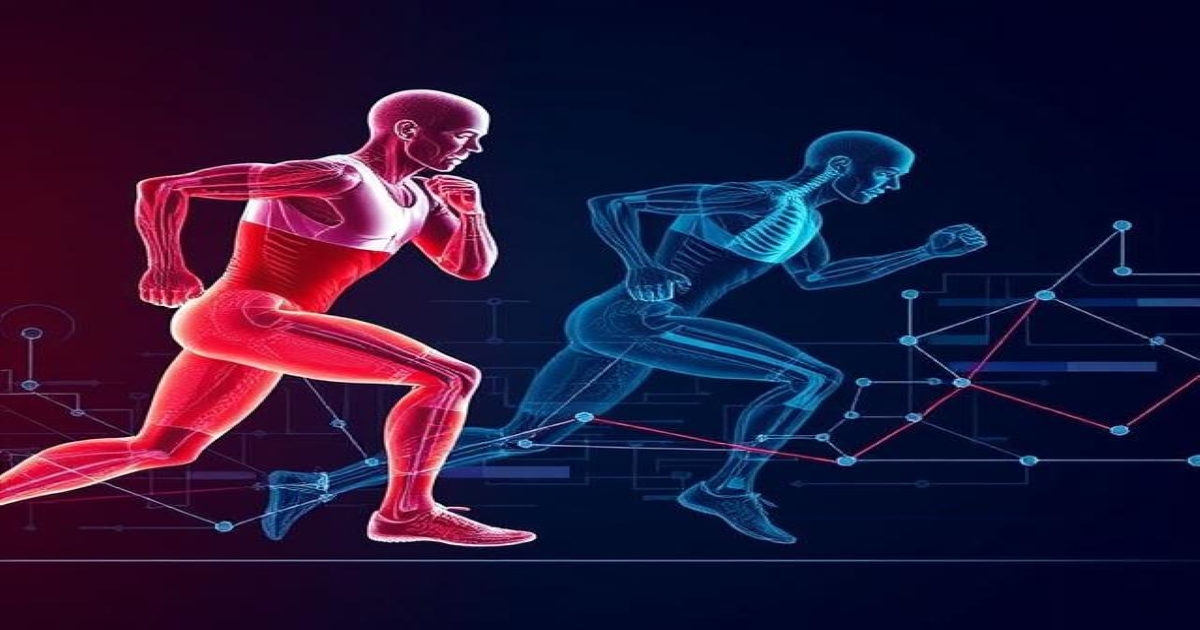- 2.5Impact Factor
- 5.5CiteScore
- 20 daysTime to First Decision
Advances in Biomechanics and Sports Medicine
This special issue belongs to the section “Biomedical Engineering“.
Special Issue Information
Dear Colleagues,
The contemporary landscape of sports science is being rapidly reshaped by emerging synergies between biomechanics and sports medicine. With the proliferation of advanced computational tools, wearable sensor technologies, and evidence-based clinical practices, the integration of these disciplines has reached a pivotal moment. Biomechanics provides a foundational understanding of human movement, mechanical load, and tissue response, while sports medicine addresses the diagnosis, treatment, and prevention of injuries and physiological dysfunctions. Together, these fields offer powerful, complementary perspectives that can be leveraged to improve athlete health, performance, longevity, and safety.
This Special Issue aims to explore the latest interdisciplinary advances at the convergence of these domains, emphasizing both the mechanistic understanding and clinical applications of biomechanical principles in athletic populations. As sports become increasingly data-driven and performance expectations continue to rise, there is an urgent need for robust, translational research that bridges laboratory findings with real-world applications on the field, in rehabilitation clinics, and during elite competition.
Key Rationales for this Special Issue:
- Addressing the Complex Interplay Between Load and Injury: Chronic overuse injuries and acute trauma remain prevalent across all levels of sport. A biomechanical lens allows for a deeper understanding of how mechanical stress accumulates in tissues, how compensatory movement patterns develop, and how targeted interventions can mitigate risk. Coupled with clinical insights, biomechanical diagnostics can enhance precision in rehabilitation protocols;
- Optimizing Human Movement Across the Athletic Lifecycle: From youth development to masters athletes, biomechanics can inform sport-specific training strategies that account for developmental, hormonal, and musculoskeletal changes. Sports medicine further contextualizes this through injury risk stratification and monitoring tissue recovery, enabling a holistic approach to athlete development and preservation;
- Harnessing Digital Technologies in Real-Time Settings: Recent advancements in inertial measurement units (IMUs), electromyography (EMG), optical motion capture, pressure-sensing insoles, and AI-powered video analysis have enabled real-time biomechanical monitoring outside the lab. These tools are revolutionizing injury prevention, return-to-play decisions, and performance diagnostics by offering clinicians and coaches actionable insights during training and competition;
- Personalizing Interventions Through Modeling and Machine Learning: Subject-specific models, musculoskeletal simulations (e.g., OpenSim), and machine learning approaches are allowing for more individualized prediction of injury risk, performance output, and therapy response. This aligns with the growing demand for precision sports medicine, where interventions are tailored to biomechanical profiles, sport-specific tasks, and even genetic predispositions;
- Integrating Biomechanics in the Era of Return to Performance: Post-injury rehabilitation is no longer just about healing; it is about restoring the pre-injury biomechanical profile and maximizing readiness to perform. This necessitates a seamless integration between biomechanical assessment tools and clinical decision-making frameworks used in sports medicine;
- Addressing Global Challenges in Athlete Health: The ongoing increase in sport-related injuries, the long-term impact of repeated concussions, and the pressure to return to play rapidly highlight the need for multidisciplinary solutions. Biomechanics and sports medicine together can respond to these challenges by offering predictive, preventive, and personalized approaches grounded in empirical evidence.
Intended Contributions
Through this Special Issue, we seek to promote contributions that achieve the following:
- Demonstrate methodological innovation, such as novel sensor design, dynamic simulation, or multiscale biomechanical modeling;
- Provide clinical insights that translate biomechanical findings into practical therapeutic or preventive strategies;
- Explore longitudinal tracking of biomechanical variables during training cycles, recovery, or rehabilitation;
- Offer comparative analyses across sports, genders, or age groups to better understand the variability and universality of biomechanical principles;
- Bridge basic science and applied research, from laboratory-based biomechanics to field-based sports medicine.
Prof. Dr. Zbigniew Waśkiewicz
Guest Editor
Manuscript Submission Information
Manuscripts should be submitted online at www.mdpi.com by registering and logging in to this website. Once you are registered, click here to go to the submission form. Manuscripts can be submitted until the deadline. All submissions that pass pre-check are peer-reviewed. Accepted papers will be published continuously in the journal (as soon as accepted) and will be listed together on the special issue website. Research articles, review articles as well as short communications are invited. For planned papers, a title and short abstract (about 250 words) can be sent to the Editorial Office for assessment.
Submitted manuscripts should not have been published previously, nor be under consideration for publication elsewhere (except conference proceedings papers). All manuscripts are thoroughly refereed through a single-blind peer-review process. A guide for authors and other relevant information for submission of manuscripts is available on the Instructions for Authors page. Applied Sciences is an international peer-reviewed open access semimonthly journal published by MDPI.
Please visit the Instructions for Authors page before submitting a manuscript. The Article Processing Charge (APC) for publication in this open access journal is 2400 CHF (Swiss Francs). Submitted papers should be well formatted and use good English. Authors may use MDPI's English editing service prior to publication or during author revisions.
Keywords
- biomechanical analysis
- injury prevention
- sports rehabilitation
- wearable technology
- human movement science
- athletic performance optimization
- musculoskeletal modeling
- sports medicine applications

Benefits of Publishing in a Special Issue
- Ease of navigation: Grouping papers by topic helps scholars navigate broad scope journals more efficiently.
- Greater discoverability: Special Issues support the reach and impact of scientific research. Articles in Special Issues are more discoverable and cited more frequently.
- Expansion of research network: Special Issues facilitate connections among authors, fostering scientific collaborations.
- External promotion: Articles in Special Issues are often promoted through the journal's social media, increasing their visibility.
- e-Book format: Special Issues with more than 10 articles can be published as dedicated e-books, ensuring wide and rapid dissemination.

